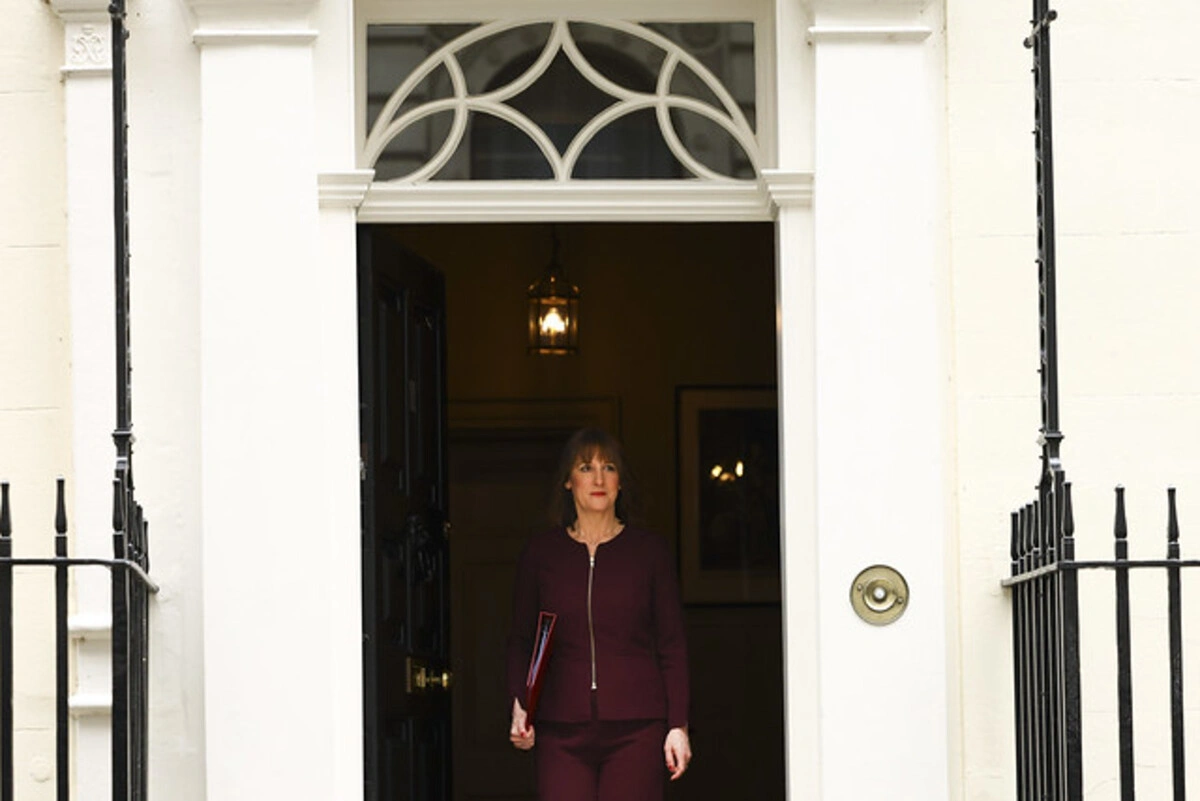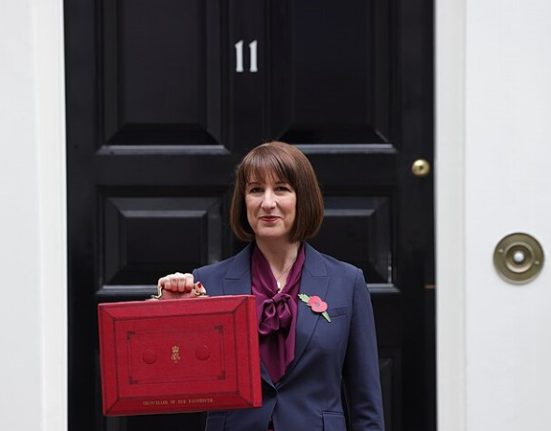I’ve watched Labour’s Spring Budget 2025 unfold with a mix of bemusement and anticipation. Delivered by Chancellor Rachel Reeves on March 26, this fiscal statement -laden with welfare cuts and spending trims – exposes the cracks in Labour’s unity and sets the stage for a turbulent parliamentary lifecycle. Bemusement because it’s unthinkable, after such a solid election result, it could really be make or break for the Chancellor.
Cracks starting to appear in Labour ranks
The Budget’s £5 billion welfare reduction, hitting 3.2 million households, has sparked fury among Labour backbenchers. MPs like Rachael Maskell and Debbie Abrahams have spoken out, warning of poverty spikes and broken trust. This isn’t just policy disagreement – it’s a rebellion brewing. Keir Starmer’s 174-seat majority, once considered impenetrable, now looks shaky as left-wingers decry a return to austerity, clashing with the party’s growth mantra. I know a divided party when I see one, and we certainly aren’t there just yet. But these are the cracks which can spread quickly if left unattended. Labour’s discipline, already strained by winter fuel cuts and aid reductions, could fracture further if these dissenters organise.
The whips have their work cut out
This internal chaos shortens the parliamentary lifecycle. A united Labour could coast through five years, but discord invites opportunism. The Tories, under Kemi Badenoch, can exploit this – every Labour MP voting against their whip weakens Starmer’s grip, hastening by-elections or defections. But let’s face it, no-one is really listening the Tories at the moment. This will take time to change. The Spring Statement’s fallout, with growth forecasts halved to 1% for 2025, gives the Tories and others ammunition to challenge Labour’s economic credibility. If Reeves doubles down on fiscal rigidity, she risks alienating more of her party, and accelerating a mid-term crisis.
For the lifecycle, it’s simple: division begets instability. The Whips have a big challenge on their hands







